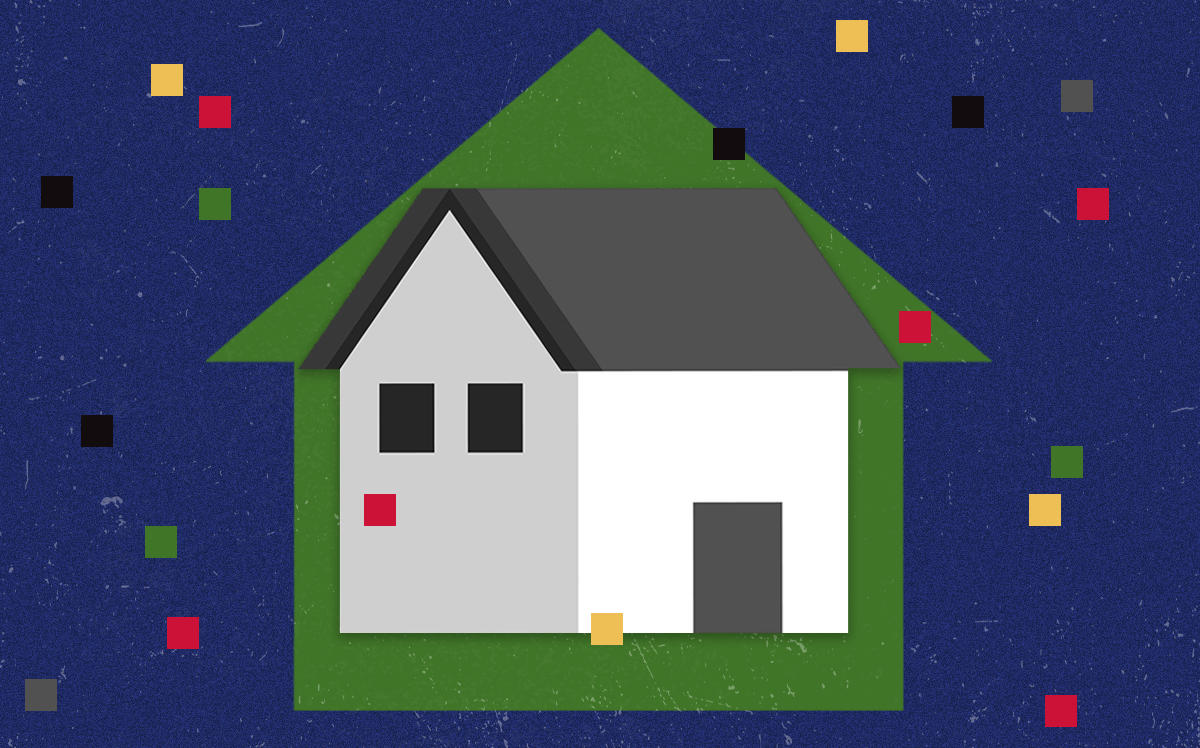Trending
Jumbos now cost more than traditional mortgages
Federal intervention into the traditional mortgage market makes jumbos less attractive

Interest rates on so-called jumbo mortgages are above the historically low rates for smaller traditional mortgages for the first time in five years.
It’s a sign that lenders now see smaller loans as safer since the federal government stepped in to hold up the mortgage market amid the coronavirus pandemic, according to the Wall Street Journal.
Home loans are considered “jumbo mortgages” if they’re too big to be sold to federal government-backed Fannie Mae and Freddie Mac, but there is no set dollar figure for that metric. This year most loans over roughly $510,000 are considered jumbo loans.
The Federal Reserve announced in March it would buy around $250 billion in mortgage securities to help keep the housing market moving. Taking those securities off lenders’ books means those lenders can continue to originate new mortgages, which will help the market from drying up.
Banks know they have a buyer in the federal government when they originate a mortgage, diminishing the risk they take originating them.
Banks tend to keep jumbo mortgages on their own books, betting that the wealthy people who borrow them won’t default. With more risk, they’re raising lending standards.
Wells Fargo earlier this year announced it would only refinance jumbo loans for customers with more than $250,000 in liquid assets, although earlier this month removed that requirement.
The gap between jumbo and traditional mortgage rates, currently about 0.4 percent, could take years to narrow. Rates didn’t narrow until five years after the last financial crisis. [WSJ] — Dennis Lynch




